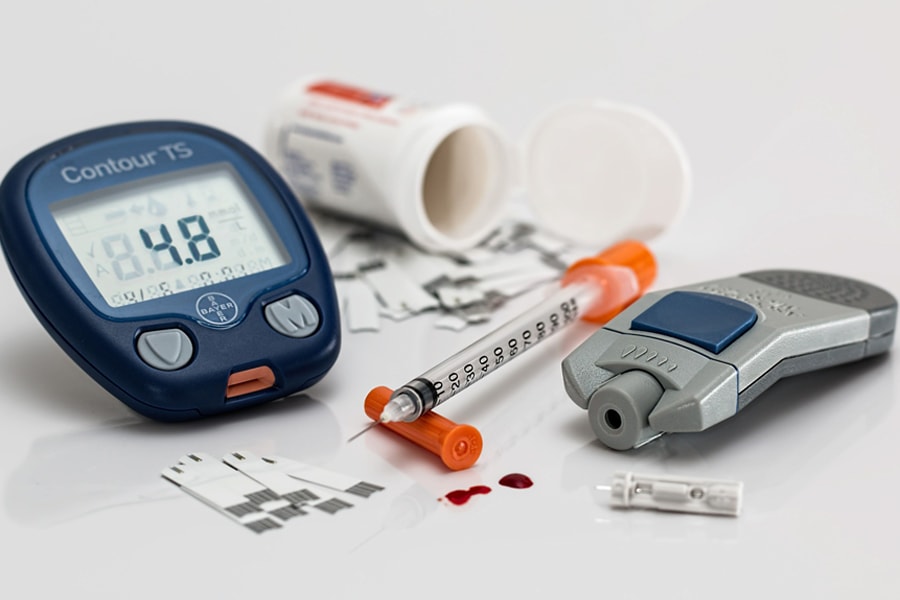
Researchers Look for Novel Ways To Deliver Diabetes Treatments
By Hannah Diorio-Toth
Carnegie Mellon University researchers are designing a novel drug delivery model that has the potential to one day offer an alternative to painful daily insulin injections for Type 1 diabetes patients.
Besides the pain, injections are often skipped, and the result can be long-term complications for patients with chronic disease and dramatic increases in health care costs.
Katie Whitehead, an assistant professor of chemical engineering, said currently pills are not a viable option because of the way humans digest and absorb proteins.
“Our bodies see any proteins that we ingest as food, even if this is a therapeutic protein drug like insulin. Proteins that enter the stomach are digested into individual amino acids and lose any intended therapeutic function,” Whitehead said.
Whitehead and Alan Russell, professor and director of the Disruptive Health Technology Institute have developed a novel solution, was published in The Journal of Controlled Release.
Using a technique called Atom Transfer Radical Polymerization developed by CMU chemistry professor Krzysztof Matyjaszewski, the team created a packaged protein that survives digestion-like conditions and is transported across the intestinal barrier in a cell culture model. The protein used in this study served as a model for therapeutic drugs such as insulin.
ATRP allowed Russell to attach a polymer to the model protein. Once attached, this polymer acted as a shield against digestive enzymes in the stomach.
“Our team had developed a polymer that was very stable, enough that it would survive in hydrochloric acid,” said Russell, an expert in polymer-based protein engineering. “We felt confident that we could use this polymer to protect the model protein from the stomach, but the second challenge remained of selectively moving the model protein through the intestinal wall.”
Whitehead identified a chemical structure called phenylpiperazine that increases the permeability of the intestine. By surrounding the protein in a polymer made from phenylpiperazine, the model protein easily passed across intestinal cell barriers. The research team increased the transport of the model protein without increasing the transport of other harmful compounds, such as waste products, across the intestine.
“We are excited about this research because we have demonstrated that polymer conjugation can be used to achieve oral protein delivery,” Whitehead said. “These findings give rise to many more questions that we look forward to tackling, such as how the polymer structure and architecture influence the delivery process as well as whether these results translate in vivo.”